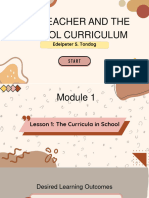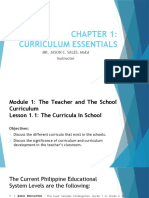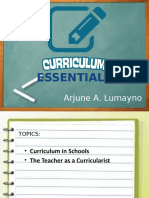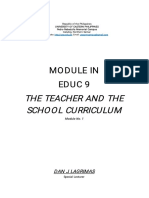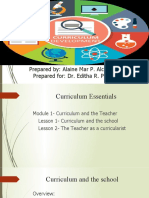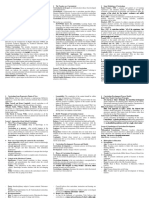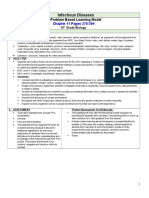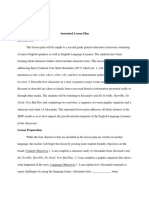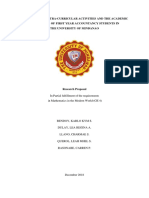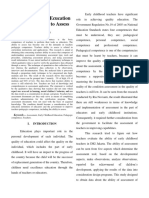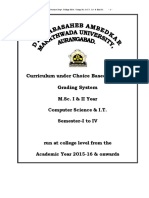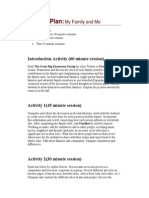0% found this document useful (0 votes)
32 views7 pagesStudy Notes
The document discusses the relevance of the Saber-Tooth Curriculum in modern education, emphasizing its focus on practical skills and survival knowledge. It outlines various types of curricula operating in schools, including recommended, written, taught, supported, assessed, learned, and hidden curricula, and highlights the teacher's multifaceted role as a curricularist. Additionally, it contrasts traditional and progressive educational approaches, noting the shift from passive learning to active participation and individualized growth.
Uploaded by
Gerren SibayanCopyright
© © All Rights Reserved
We take content rights seriously. If you suspect this is your content, claim it here.
Available Formats
Download as DOCX, PDF, TXT or read online on Scribd
0% found this document useful (0 votes)
32 views7 pagesStudy Notes
The document discusses the relevance of the Saber-Tooth Curriculum in modern education, emphasizing its focus on practical skills and survival knowledge. It outlines various types of curricula operating in schools, including recommended, written, taught, supported, assessed, learned, and hidden curricula, and highlights the teacher's multifaceted role as a curricularist. Additionally, it contrasts traditional and progressive educational approaches, noting the shift from passive learning to active participation and individualized growth.
Uploaded by
Gerren SibayanCopyright
© © All Rights Reserved
We take content rights seriously. If you suspect this is your content, claim it here.
Available Formats
Download as DOCX, PDF, TXT or read online on Scribd
/ 7





